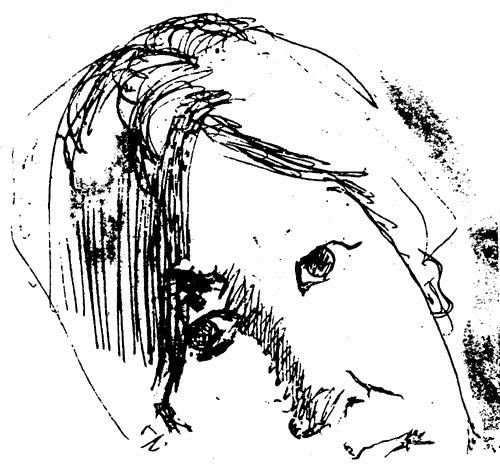|
|

Biographie

Forough Farrokhzad est née à Téhéran en 1935 et morte accidentellement en 1967,
À 27 ans (1962), elle réalise un film intitulé "Khane siah ast"
(La maison est noire) dans la léproserie de Baba Baghi, près de Tabriz,
et adopte le fils d'un couple de lépreux.
Forough Farrokhzad est une des plus belles voix de la poésie iranienne.
Sa vie même, - autant que son oeuvre -,
l'a rendue célèbre. C'est la première poétesse iranienne contemporaine à s'exprimer
en tant que femme avec le courage que cela implique.
Son oeuvre la plus importante a pour titre Une autre naissance.
Ses principaux recueils:
Esclave
publié aux Éditions Amir Kabir — Téhéran — 1953
Le Mur
publié aux Éditions Amir Kabir — Téhéran — 1957
Révolte
publié aux Éditions Amir Kabir — Téhéran — 1958
<
Autre naissance
publié aux Éditions Morvarid — Téhéran — 1964
***
Biography

An extremely small number of Iranian women have achieved anything in Iran outside
of the home without dependence upon a relationship with a man or male patronage.
The best known among them is the poet Forugh Farrokhzad (1935-1967),
the most famous woman in the history of Persian literature.
Forugh Farrokhzad was born in Tehran into a middle class family of seven children.
She attended public schools through the ninth grade, thereafter received some
training in sewing and painting, and married when she was seventeen.
Her only child, the boy addressed in "A Poem for you," was born a year later.
Within less than two years after that, her marriage failed, and Farrokhzad
relinquished her son to her ex-husband's family in order to pursue her
calling in poetry and independent life style. She clearly voices her feelings
in the mid-1950s about conventional marriage, the plight of women in Iran,
and her own situation as a wife and mother no longer able to live a conventional
life in such poems as "The Captive," "The Wedding Band," "Call to Arms,"
and "To My Sister." As a divorcee poet in Tehran, Farrokhzad attracted much
attention and considerable disapproval. She had several short lived
relationships with men-"The Sin" describes one of them,--, found some
respite in a nine-month trip to Europe, and in 1958 met Ebrahim Golestan
(b. 1922), a controversial film-maker and writer with whom she established
a relationship that lasted until her death in an automobile accident at
thirty-two years of age in February 1967.
Unlike her female predecessors, Farrokhzad had a poetic voice that was and remains
(where as a voice not heard may be no voice at all.)
"Sound, sound, sound,
Only sound remains". (Forugh Farrokhzad)
Iranian Culture (A Persianist View) Michael C. Hillmann, page 149
reference:
selectedworks
***
Choix de Poèmes — Selected poems
— poèmes Forugh Farrokhzad
'Tavalod è-digar' — Autre naissance — Another Birth (Français-Anglais)
Le Vent nous emportera — The Wind Will Take Us (Français-Anglais)
The Captive (Asir) (Anglais)
— Forugh Farrokhzad (suite)
Tanha sedast ke mimanad — Il n’y a que la voix qui reste — It Is Only Sound That Remains (Français-Anglais)
L'oiseau est mortel — I'm Depressed ( Delam Gerefteh ast ) (Français-Anglais)
Le mur
Renaissance
|
|---|
